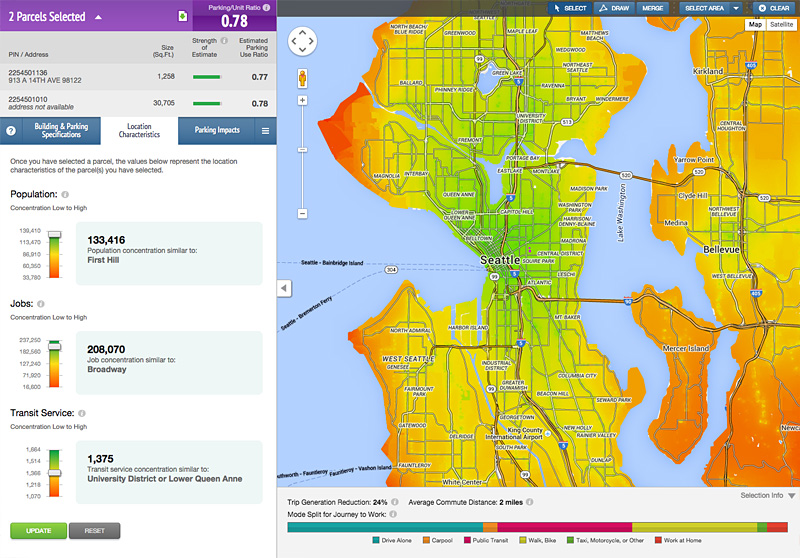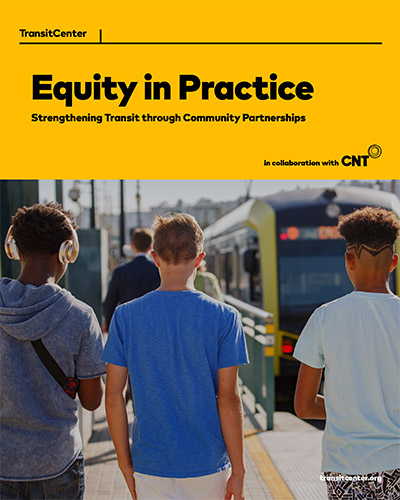CNT is proud to serve as a member organization of Elevated Chicago, a partnership committed to transforming the half-mile radius around transit stations into hubs of opportunity and connection across our region’s vast transit system. Working together with nonprofits, neighborhood organizations, and charitable foundations, Elevated Chicago is building towards a vision of Chicago that is resilient, sustainable, and livable for people from all walks of life. Elevated Chicago is part of the national Strong, Prosperous, and Resilient Communities Challenge (SPARCC), a partnership among Enterprise Community Partners, the Federal Reserve Bank of San Francisco, the Low Income Investment Fund, and the Natural Resources Defense Council. The SPARCC Executive Team leads a broader team comprised of staff from each of the partner organizations that leverages expertise in data, capital, communications, policy, knowledge sharing, and systems change to support local site work and advance SPARCC’s broader goals.

“More and more policy makers and business leaders are realizing that racial equity has to be at the core of how we build cities and communities.”
Elevated Chicago aims to create areas of community-centered art, culture, and commerce in the half mile radius around transit stations across the City of Chicago. To achieve this goal, CNT is working with partner organizations to remove barriers that hinder innovation, equip residents with resources to make station areas a civic priority, and align, cultivate, and deploy capital for development near the stations.
CNT is one of the five original members of the Chicago collaborative that grew into Elevated Chicago, formed by Chicago SPARCC lead The Chicago Community Trust. From the beginning, equity has been the vision and the value that holds together the organizations of Elevated Chicago. The collaborative has grown from a handful of members to seventeen, with the uniting value of equity central to its mission. CNT is a member of the Steering Committee, and Jacky Grimshaw co-chairs the Systems Change Working Group, focusing on policy changes needed to advance equitable development. Scott Bernstein provides guidance to all SPARCC cities as a member of the SPARCC National Advisory Committee.
As part of the effort, CNT has worked collaboratively with neighborhood organizations to install community artwork and stormwater management infrastructure at four CTA stations across Chicago, and helped coordinate SPARCC’s Rapid Climate Vulnerability Assessment (RVCA) for Elevated Chicago stakeholders to help them identify connections between climate change, health, and equity vulnerabilities, and identify ways to increase resilience to climate change. CNT also has performed EcoDistrict feasibility scans for the areas surrounding the Elevated "eHubs," four areas that encompass the seven target CTA station areas.Through these efforts, CNT aims to address environmental inequities and empower residents to find creative solutions to local vulnerabilities within the city of Chicago.
When homes, offices, retail, and other amenities are located within a half mile from a high-frequency transit stop, people can spend less time and money in transit. CNT takes this a step further: we believe that equitable transit-oriented development (eTOD) can multiply TOD’s benefits by boosting household budgets, neighborhood economies, and environmental wellbeing. We created the eTOD Social Impact Calculator to capture those benefits. Now, we continue this work as part of Elevated Chicago, bringing together communities, residents, and organizations. Together, we aim to put the principle of equitable transit-oriented development into practice.





 Strengthening Transit Through Community Partnerships
Strengthening Transit Through Community Partnerships